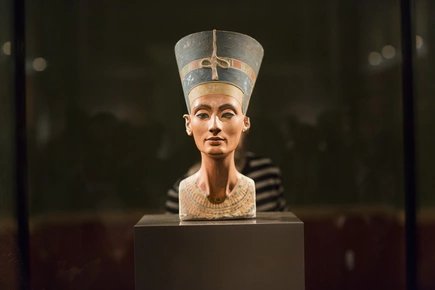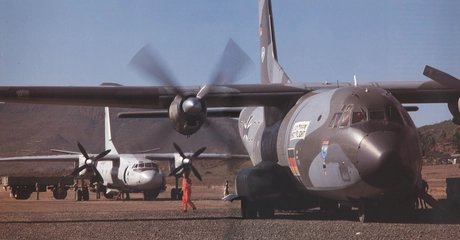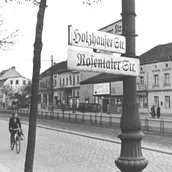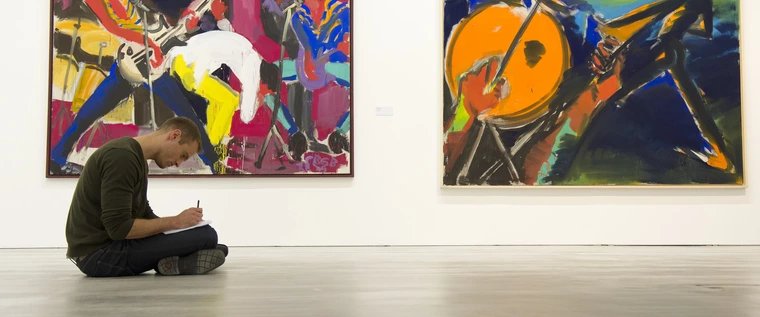
Hunger - Aid - Cold War
The new temporary exhibition "Ethiopia '84/85. Hunger – Aid – Cold War" at the Bundeswehr Military History Museum at Berlin-Gatow Airfield will be on display from July 18, 2025, to December 14, 2025.
The exhibition venue is the outdoor area in front of Hangar 3, covering approximately 3,000 square meters. The location was deliberately chosen: it allows for the inclusion of important large-scale objects in the open air, such as the C-160 Transall and the Antonov An-26 transport aircraft. In addition, visitors can experience expansive, walk-through installations designed by the renowned Schiel Projektgesellschaft.
Background
Due to a severe drought, a major famine occurred in the mid-80s in several countries of the Sahel region, primarily affecting parts of Ethiopia. The local civil war between the socialist military regime and rebel groups further aggravated the suffering of the population. In October 1984, a British TV documentary showing graphic footage of the famine’s victims shocked the world.
The Military Relief Operation
Eastern and western states dispatched airlift forces to Ethiopia to aid in providing supplies to remote regions. Both West Germany and East Germany were involved in these efforts. In the midst of the final peak of the Cold War, soldiers of the West German Bundeswehr and the East German National People‘s Army were thus simultaneously involved in an international relief mission. This largely forgotten airlift initiative was launched even before the famous musical aid projects „Band Aid” and “Live Aid”.
The Exhibition
multi-perspective and critical
The multi-perspective exhibition examines the relief measures within political, military and social contexts. Did the countries offering assistance from both East and West act solely for humanitarian reasons or were their actions also driven by political interests? Why was it necessary to use military transport aircraft to transport relief supplies to the suffering population? How did West and East German soldiers interact during the operation? How did the civil society, shaken up by media coverage, contribute to the relief efforts? What do oil radiators have to do with criticism of relief efforts from the global north?
interactive and experiential
You can explore these and other questions through a wide range of fascinating original artefacts, hands-on-stations and displays. Step aboard the Transall transport aircraft, master the flight challenges in a computer game or find
yourself in the middle of the crowd at “Live Aid”.
Additional information
Opening Hours
Public Transportation
- Open Tuesday to Sunday, 10 a.m. to 6 p.m.
- The museum is closed on Mondays, except on public holidays.
Public Transportation
- BVG bus 135, Kurpromenade or Seekorso stops, footpath
- BVG ferry F10 from Wannsee to Kladow, footpath
Dates
December 2025
| Mo | Tu | We | Th | Fr | Sa | Su |
|---|---|---|---|---|---|---|
1
|
2
|
3
|
4
|
5
|
6
|
7
|
8
|
9
|
10
|
11
|
12
|
13
|
14
|
15
|
16
|
17
|
18
|
19
|
20
|
21
|
22
|
23
|
24
|
25
|
26
|
27
|
28
|
29
|
30
|
31
|



